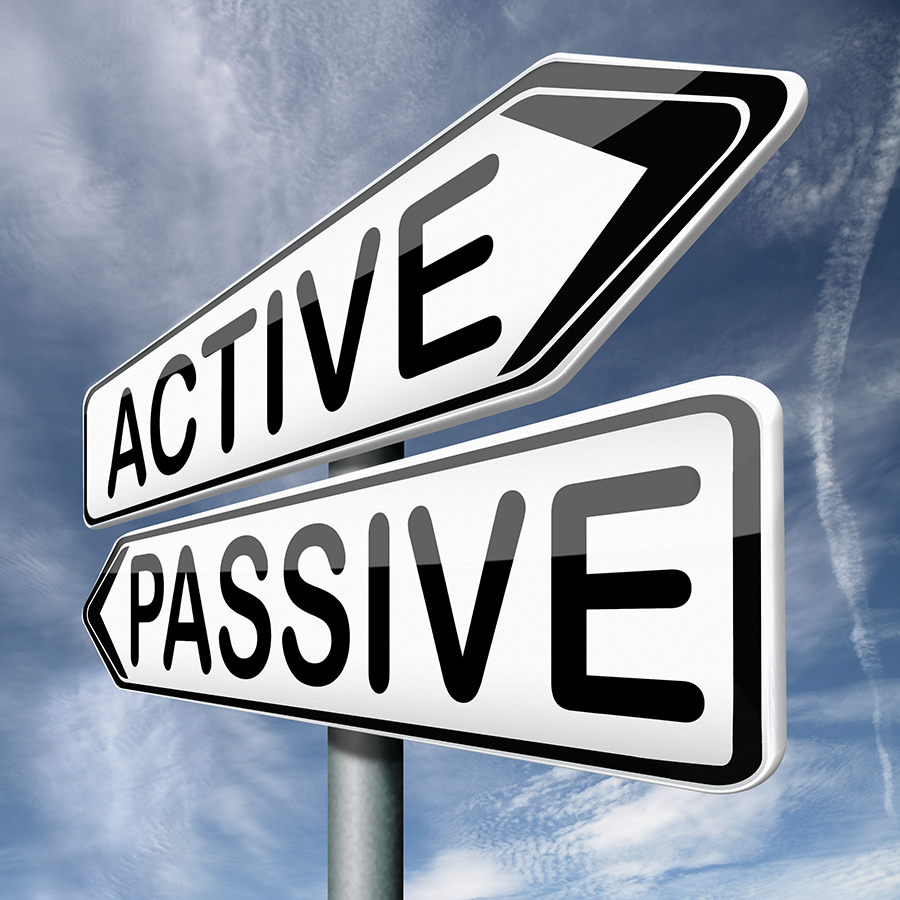Employers who offer health benefits are required each year to hold a benefits enrollment "window", commonly referred to as an open enrollment period.
During open enrollment, employees can renew, adjust, or waive benefit options. Outside of a Qualifying Life Event, open enrollment is essentially the only time an employee can make changes to most (though not all) of their benefits.
While an employer is required, by law, to hold an open enrollment, what's not defined is whether the enrollment needs to be structured as "active" or "passive". A passive enrollment period is one where an employee's benefit selections from the previous year simply roll-over and/or auto-migrate (within reason) to similar options. An active enrollment, on the other hand, requires an employee to elect, renew, adjust, and sometimes actively decline benefit elections. (The SPD and other plan documents will usually spell out these rules for employees.)
In a nationwide survey conducted by the JP Griffin Group this April, 2019 amongst full-time, benefit-eligible employees in the U.S., 50 percent (half) reported participating in a passive enrollment this year. Compared to a 2011 survey of employers, where 71% reported holding passive enrollments, these new findings represent a 30% decrease in the number of companies conducting their open enrollments passively.














